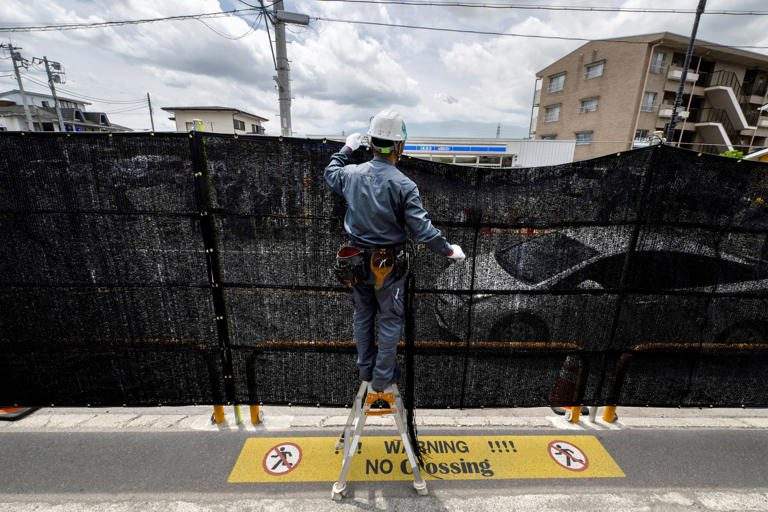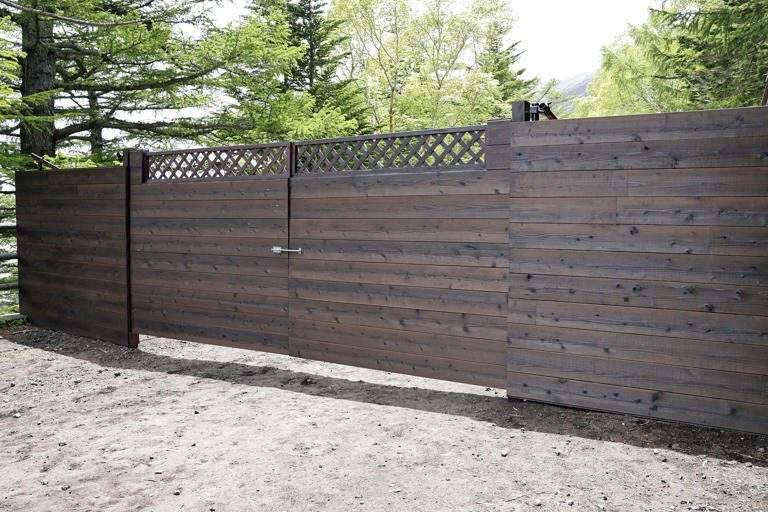TOKYO – In preparation for the upcoming climbing season starting July 1, a crowd-control gate has been installed on Mount Fuji. Yamanashi Governor Kotaro Nagasaki emphasized the need for further measures to manage overcrowding, particularly on the lower slopes.
The gate is part of Yamanashi’s new regulations aimed at enhancing safety and environmental protection on Japan’s iconic mountain.
The gate will operate from 4 p.m. to 3 a.m., barring entry to climbers without a hut reservation on the Yoshida trail—the most popular route. A daily limit of 4,000 climbers is set to prevent “bullet climbing,” a significant safety hazard.
Governor Nagasaki warned of potential dangers due to overcrowding, including accidents akin to domino effects near the summit.

Climbers must now reserve their hike and select either a day trip or an overnight stay in trail huts. A mandatory fee of 2,000 yen (about $12.70) and an optional 1,000 yen (about $6.35) conservation donation are required.
A QR code system has been implemented for entry verification at the fifth station gate, marking the trail’s start.
While new measures aim to reduce congestion on higher elevations, challenges persist lower down. Governor Nagasaki plans to address these issues by considering alternatives like a mountain railway and promoting traditional routes from Mount Fuji’s base.
Shizuoka prefecture, sharing Mount Fuji’s jurisdiction with Yamanashi, has yet to mandate similar restrictions but encourages climbers to register online and avoid late ascents.
Mount Fuji’s popularity as a pilgrimage site has evolved into a major tourist attraction, with concerns over trash accumulation. Local authorities have taken steps like erecting screens to manage disruptive tourism trends.
Overtourism remains an issue in other Japanese destinations like Kyoto, exacerbated by increased foreign interest due to the weaker yen.
